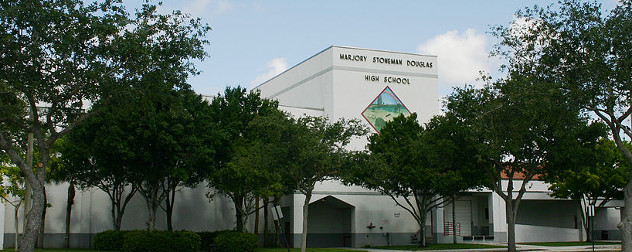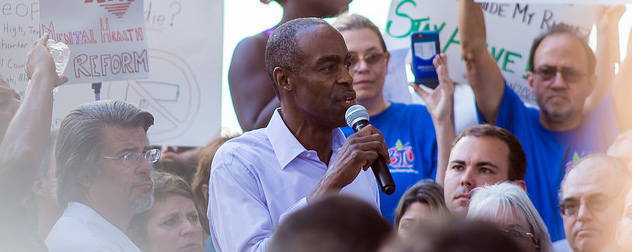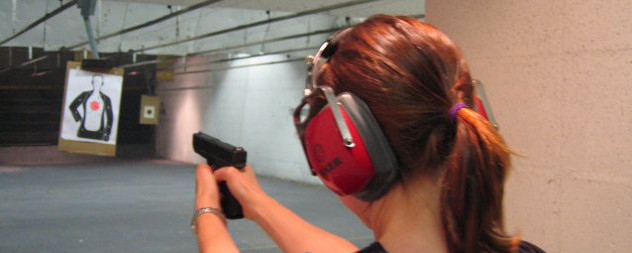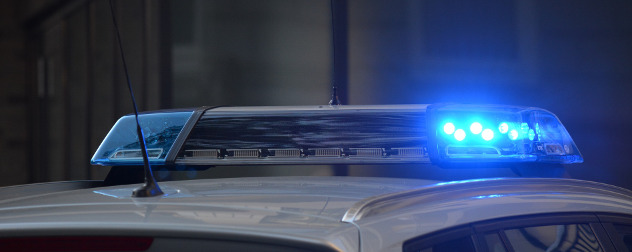A fully loaded Boeing 747 can weigh nearly 1 million pounds and carry hundreds of people seven miles into the sky. This is an inherently dangerous activity.
Yet commercial air travel on a 747, or any other jetliner, is extraordinarily safe. To quote an old “Aviation Weather” broadcaster, a safe trip is no accident.
Over the years, the National Transportation Safety Board and other technical agencies have used each aviation disaster as a learning opportunity. The causes and the consequences of each mishap were analyzed with scientific objectivity. The result is that crashes today are both rarer and far more survivable when they do occur. In January, two airliners collided on the ground in Toronto, causing a small fire; despite the understandable fear and chaos, all 168 passengers evacuated safely, and only one crew member sustained injuries. Nearly 13 years earlier at the same airport, more than 300 passengers escaped a crash when their plane skidded off the runway during landing.
The Marjory Stoneman Douglas High School shooting in Broward County, Florida this week hit very close to home. Although I live in downtown Fort Lauderdale and Parkland is one of the city’s more distant suburbs, this tragedy didn’t happen in someone else’s community; it happened in mine. The question that springs to mind is what we are going to do about it.
Mass shootings in public schools, on college campuses and in other public places are sadly as predictable these days as air crashes. But we don’t respond to them the same way. I had not even arrived home, after following the afternoon’s horrible television broadcasts, before I heard Connecticut Sen. Chris Murphy make the predictable call to respond with more gun controls. By morning, such demands were all over social media, as they are after every such incident.
Just as predictably, people who do not believe that tighter gun controls would necessarily avert or minimize these events will hold their responses until after the immediate shock has passed. Then they will point out that if laws banning assault rifles could stop mass shootings carried out with assault rifles, we should expect laws banning heroin to stop deaths from heroin. Or they will inquire why Mexico’s strict gun control laws have not kept gangs from turning Mexican border towns into free-fire zones. Given another black market to exploit in the U.S., these gangs could reasonably be expected to provide a ready source of illegal high-powered weaponry.
Maybe one of these ideologies is correct. Maybe neither is entirely right. Why don’t we approach the problem of mass shootings the way we approach other mass casualty events, and try to strip ideology out of our efforts to learn from each tragedy in order to prevent more in the future?
Take the now-standard advice of “run, hide, fight.” That may be the correct response when a shooter enters an elementary school in the middle of the school day, when classrooms are filled with very small children. But was it the right response in a crowded corridor at the Parkland high school when a lone gunman pulled a single weapon and began to fire? Would rushing the gunman have saved lives on balance by putting him out of commission, rather than giving him space and time in which to operate? There is no point in my speculating about it, but it seems a legitimate point for study.
Some of the students and faculty in that hallway undoubtedly had experience handling weapons, since guns are common in Florida and we are a state that elevates the right of self-defense to a highly protected status. We might understandably conclude that allowing students to bring guns and ammunition to a large public high school would ultimately cost far more lives than it could save. But what about faculty? When we are already conducting school drills for how to handle an active shooter situation, should faculty who are comfortable maintaining and using weapons volunteer to serve as armed on-site emergency responders? Aaron Feis, an assistant football coach at Stoneman Douglas High, selflessly jumped in front of the shooter to shield students from harm. Unarmed, it was all he could do.
In some cases, shooters appear to be random; they are people that no one would have suspected in advance. That does not seem to be the case in Parkland. The alleged shooter was a troubled young man who had already been expelled for so-far undisclosed disciplinary issues. Maybe expulsion was exactly the wrong answer, since it turned a young adult who had exhibited violent tendencies into an ostracized loner with a convenient motivation to lash out. Would a better answer have been to retain him as a member of the community, with his readmission conditional on some sort of therapy? (The Miami Herald reported that the alleged shooter had been receiving some level of mental health counseling through local clinics.)
Should access to schools be controlled, by armed guards if necessary, during the school day? Should students be taught self-defense in gym class so they might be more prepared to take on someone posing an immediate physical threat?
I don’t pretend to know the answers to any of these questions. But why not study the specifics of each incident to see what lessons we can draw and what practices we can put in place to reduce or prevent causalities?
Putting a million-pound aircraft high in the sky is as physically dangerous as it ever was. But we’ve learned how to manage the hazards such that bad outcomes are statistically negligible. We can’t wish dangerous weapons or dangerous people out of existence. So the most important question that Parkland poses is this: What can we learn from it?














February 16, 2018 - 9:19 am
Very well said.